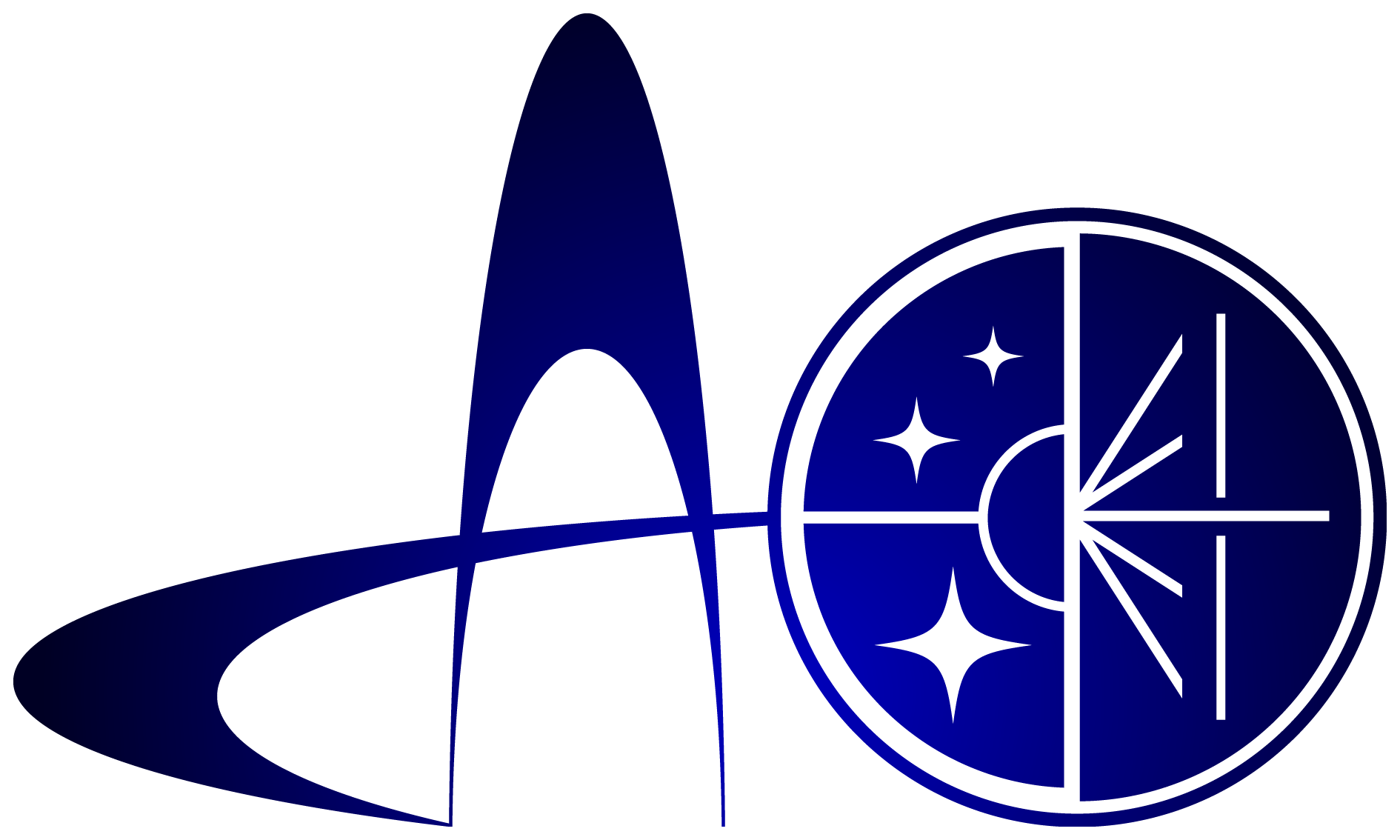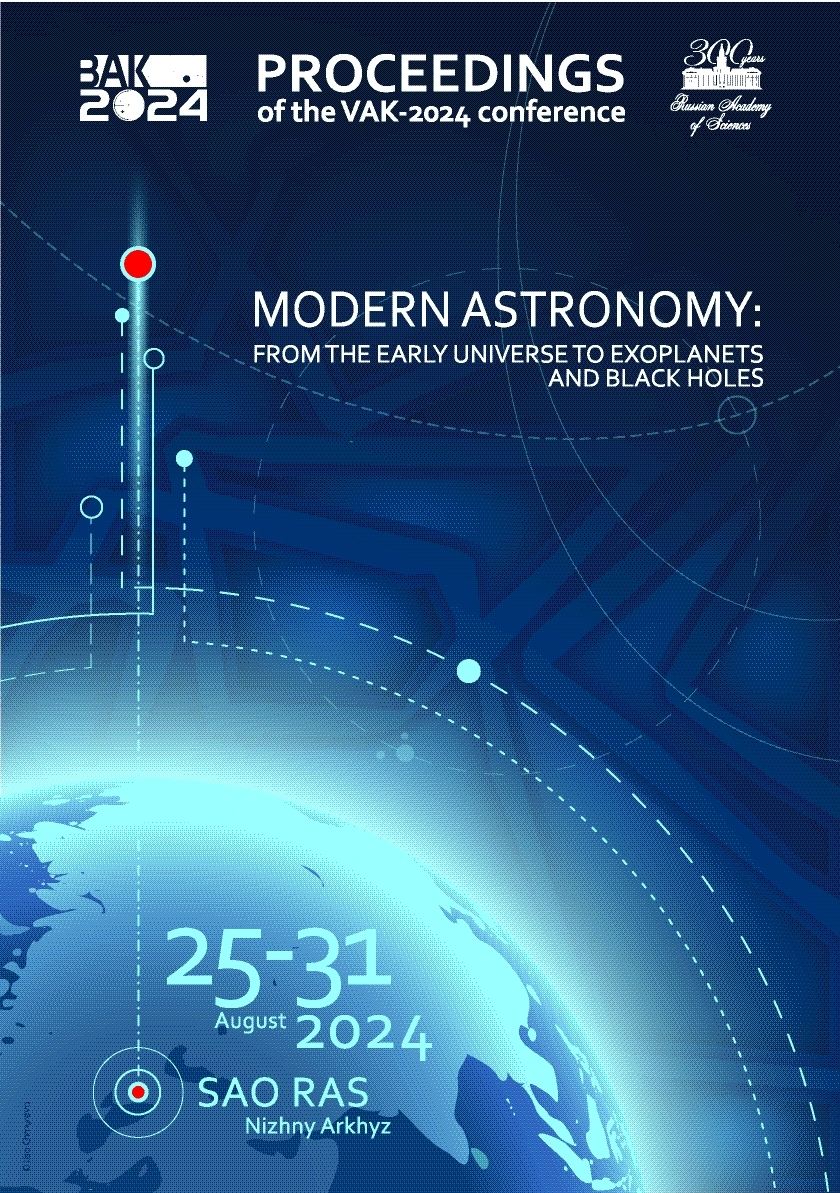Institute of Astronomy of the Russian Academy of Sciences
Institute of Astronomy of the Russian Academy of Sciences
UDC 53
UDC 520
UDC 521
UDC 523
UDC 524
UDC 52-1
UDC 52-6
CSCSTI 41.00
CSCSTI 29.35
CSCSTI 29.31
CSCSTI 29.33
CSCSTI 29.27
CSCSTI 29.05
Russian Classification of Professions by Education 03.06.01
Russian Classification of Professions by Education 03.05.01
Russian Classification of Professions by Education 03.04.03
Russian Library and Bibliographic Classification 2
Russian Library and Bibliographic Classification 223
Russian Trade and Bibliographic Classification 614
Russian Trade and Bibliographic Classification 6135
BISAC SCI004000 Astronomy
BISAC SCI005000 Physics / Astrophysics
The paper presents the results of modeling the absorption spectrum in the H$\alpha$ and He 10830 Å lines for the hot Jupiter HAT-P-32 b. The simulation was carried out using a 3D hydrodynamic model coupled to a Monte Carlo model of Ly$\alpha$ photon transfer. It was determined that to explain the absorption in both lines at a ratio ${\rm H}/{\rm He}=99/1$, high values of the XUV flux and stellar Ly$\alpha$ flux are required: $F_{\rm XUV}=100$ erg cm$^{-2}$ s$^{-1}$ and $I_{\rm Ly\alpha}=600$ erg cm$^{-2}$ s$^{-1}$, which may indicate high activity of the star. New parameters were also found that describe the absorption at ${\rm H}/{\rm He}=97/3$ while requiring less extreme $F_{\rm XUV}=25$ erg cm$^{-2}$ s$^{-1}$ and $I_{\rm Ly\alpha}=600$ erg cm$^{-2}$ s$^{-1}$. Monte Carlo modeling showed that the absorption in the H$\alpha$ line is formed by stellar photons producing H(2) concentrations at a level of $10^2$–$10^3$ cm$^{-3}$ in the atmospheric layer up to $2R_{\rm p}$, where the absorption occurs.
planets and satellites: atmospheres; radiative transfer; scattering; hydrodynamics
1. Czesla S., Lampon M., Sanz-Forcada J., et al., 2022, Astronomy & Astrophysics, 657, id. A6
2. Linsky J.L., France K., Ayres T., 2013, Astrophysical Journal, 766, 2, id. A69
3. Miroshnichenko I.B., Shaikhislamov I.F., Berezutskii A.G., et al., 2021, Astronomy Reports, 65, p. 61
4. Shaikhislamov I.F., Khodachenko M.L., Lammer H., et al., 2020, Monthly Notices of the Royal Astronomical Society, 491, p. 3435
5. Yan D., Guo J., Seon K., et al., 2024, Astronomy and Astrophysics, 686, id. A208
6. Zhang Z., Morley C.V., Gully-Santiago M., et al., 2023, Science Advances, 9, id. eadf8736







